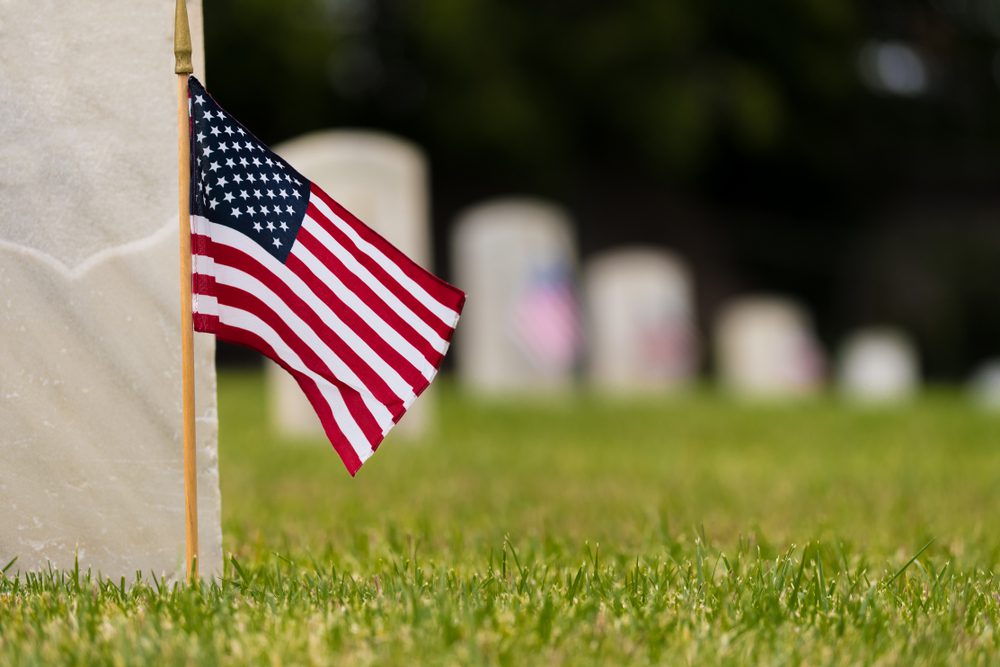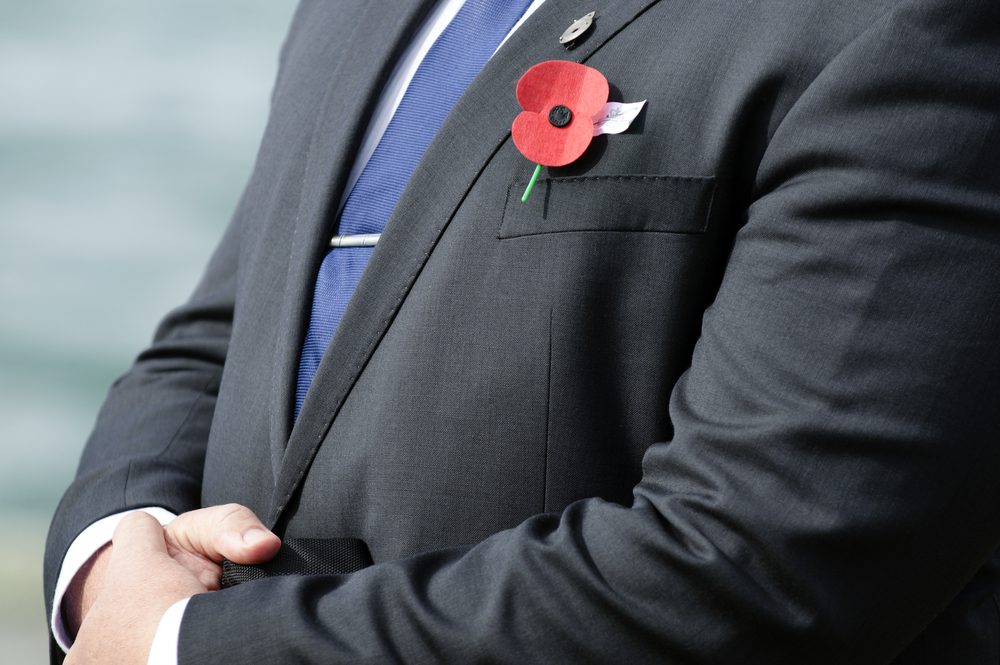Interesting Facts You Might Not Know About Memorial Day
May 28, 2023

Memorial Day is observed on the last Monday of May. But this memorable holiday has a much more significant meaning than a weekend filled with barbeques and pool parties.
“Our priority on Memorial Day should be to also remember those who have died in service making our freedom possible,” explains Nicole Motsek, executive director of the EOD Warrior Foundation. “Memorial Day is a great opportunity to teach our children about the sacrifice so many men and women have made for our country.”
Before lighting up the grill and diving into the pool, here’s what you should know about this memorable holiday.
Memorial Day vs. Veterans Day vs. Patriot Day
People often get Memorial Day, Veterans Day and Patriot Day wrong, in spite of them commemorating different things. Let’s get things straight! Memorial Day is a holiday that honors the soldiers who died in battle or as a result of wounds sustained in battle, according to the U.S. Department of Veterans Affairs. It was first celebrated on May 5, 1866 but it was later moved to the last Monday of May.
Veterans Day, on the other hand is marked on November 11 to thank and honor everyone who served honorably in the military, regardless of whether they died or survived, whereas people who died during the September 11, 2001 terrorist attacks are honored on Patriot Day (September 11).

It commemorates Americans killed in battle against Americans
An important but lesser-known fact about Memorial Day is that the first observances of what we now call “Memorial Day” were organized to commemorate people who died in battle or as a result of wounds sustained in battle during the Civil War. The conflict between the North and the South took more lives than any other conflict in U.S. history and led to the establishment of the nation’s first national cemeteries.
It took off as a grassroots movement
It’s unclear where the tradition originated, as there are various cities claiming to have organized tributes in the memory of those who died in the Civil War. One such tribute took place in Columbus, Mississippi, on April 25, 1866, when a group of women visiting the graves of Confederate soldiers also decorated the bare graves of Union soldiers, with flowers.
Other records state that one of the earliest Memorial Day commemoration was organized by a group of freed slaves in Charleston, South Carolina less than a month the Civil war ended. In 1966, Waterloo, New York was declared the official birthplace of Memorial Day, by President Lyndon B. Johnson.

The first official observance
The first official observance of today’s Memorial Day was called “Decoration Day” and occurred in Arlington National Cemetery on May 30, 1868. The ceremonies were attended by various Washington officials, including General Ulysses S. Grant. After the ceremony ended, children from the Soldiers’ and Sailors’ Orphan Home, among others, visited the cemetery and placed flowers on the 20,000 Union and Confederate graves, saying prayers, and singing hymns.
Why it’s observed at the end of May
The first Decoration Day was observed on May 30. “The 30th of May, 1868, is designated for the purpose of strewing with flowers, or otherwise decorating the graves of comrades who died in defense of their country during the late rebellion, and whose bodies now lie in almost every city, village and hamlet churchyard in the land,” proclaimed General John A. Logan, leader of an organization for Northern Civil War veterans.
By the end of the 19th century, Decoration Day became a national tradition, and states passed proclamations designating May 30 tha holiday.

How it expanded beyond Civil War commemoration
It first started in the honor of Civil War soldiers but after World War I, Memorial Day was expanded to commemorate all veterans who died in any American war. It wasn’t until 1971, however, that the name Decoration Day was changed in Memorial Day and officially declared a national holiday by Congress. 1971 was also the year the holiday was moved from May 30 to the last Monday in May by President Lyndon B. Johnson. “This will…enable families who live some distance apart to spend more time together,” said President Johnson in his official statement.
National Moment of Remembrance
As an added way of honoring America’s fallen heroes, President Bill Clinton signed into law “The National Moment of Remembrance Act” in December of 2000. According to the law, Americans “are asked to spend a moment of remembrance on Memorial Day, at 3 p.m. local time”, wherever they are, to honor those who sacrificed themselves for the country.
“The Moment does not replace the traditional Memorial Day observances. It is intended to be a unifying act of remembrance for Americans of all ages”.

Memorial Day flag etiquette
An easy way to remember it’s Memorial Day is seeing the U.S. flag at half-staff from sunrise until noon. According to Clark Rogers, executive director of the National Flag Foundation, there are specific rules regarding the display of the flag on Memorial Day, rules which predate the 20th century.
According to LiveScience, “Memorial Day became a day for exclusively celebrating the sacrifice of those who fell in battle, leaving only the mid-day flag-raising to signal hope beyond death, and honor those who survived battle.”
Ancient roots
The act of commemorating the fallen heroes during wars can be seen all throughout history. One such example would be the tribute held by Athenian leader Pericles after the Peloponnesian War: “Not only are they commemorated by columns and inscriptions, but there dwells also an unwritten memorial of them, graven not on stone but in the hearts of men.”

Why do people wear poppies?
According to the History Channel, Lieutenant Colonel John McCrae was impressed by the red flowers he saw all over the European battlefields during WW1. In his famous poem called “In Flanders Fields,” written in 1915, McCrae mourns the death of allied soldiers, including close friends, and buried beneath the poppies.
“In Flanders fields the poppies blow
Between the crosses, row on row,
That mark our place; and in the sky
The larks, still bravely singing, fly
Scarce heard amid the guns below.
We are the Dead. Short days ago
We lived, felt dawn, saw sunset glow,
Loved and were loved, and now we lie
In Flanders fields”
Confederate Memorial Day
If you are a Northerner, this might come as a surprise. Did you know that several states observe a separate Confederate Day in addition to the national holiday? Texas, Alabama, Florida, Georgia, Mississippi, North Carolina, and South Carolina honor Southerners who died during the Civil War but only Virginia does it on the same day as Memorial Day.

